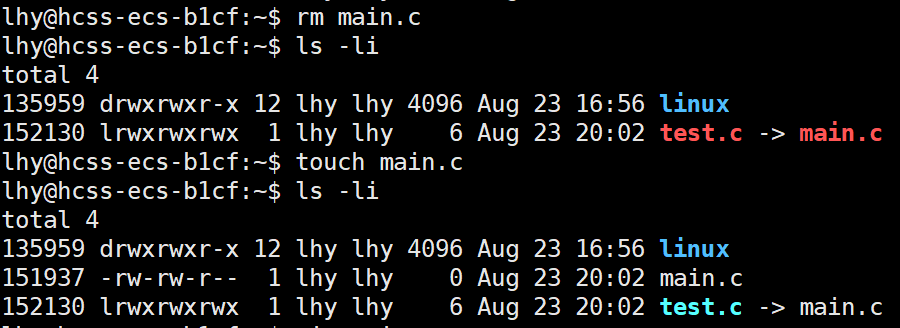实车测试的目的和作用主要在于验证整车控制器软件的功能,确保其在实车环境下的安全性和稳定性。实车测试是整车控制器软件发布前不可或缺的一个测试环节,主要目的是在实车环境上验证VCU最常规的功能,对HIL测试台架无法模拟的工况进行补充测试。

实车测试的内容包括常规测试和特殊功能验证。在软件发布前,所有的常规功能都需要在实车上测试通过,发布的功能中若包含无法在HIL台架上测试的部分,也需要在实车上确认。例如,电池包实车测试是电池包装车后,跟随车辆进行不同的性能测试,包含试验场路试、整车电磁兼容测试和三高测试(高寒测试、高温测试和高原测试)。三高测试主要是针对电动汽车在不同路况下,围绕整车的热管理、高压分配能力和高压安全等功能展开的标定与测试。
实车测试时,可通过整车OBD开度口连接被测控制器。在OBD引脚中,CAN-H和CAN-L引脚连接到整车的CAN总线上,通过USBCAN/CANalyzer等设备可以读出总线上各设备的通信报文,并观测到整车各控制器的运行状态。同时可以通过特定的报文实时向控制器内写入部分调试参数,在线调整控制器的运行情况。
实车测试结束后要对所有测试的数据进行细致的分析,有疑问的数据要及时和研发人员确认,做好记录并把数据留档一段时间。实车功能测试完成后,VCU软件版本就可以发布给整车相关部门做进一步的验证了,也可以给标定工程师,进行实车的驾驶性标定等工作。

The purpose and function of the real vehicle test is to verify the function of the vehicle controller software to ensure its safety and stability in the real vehicle environment. The real vehicle test is an indispensable part of the test before the release of the vehicle controller software. The main purpose is to verify the most common functions of VCU in the real vehicle environment and conduct supplementary tests for the conditions that cannot be simulated by the HIL test bench.
The content of real vehicle test includes routine test and special function verification. Before the software is released, all the regular functions need to be tested on the real car, and if the released functions contain parts that cannot be tested on the HIL bench, they also need to be confirmed on the real car. For example, the battery pack real car test is to follow the vehicle to carry out different performance tests after the battery package car, including the test site road test, the vehicle electromagnetic compatibility test and three high tests (cold test, high temperature test and plateau test). The three high test is mainly for the calibration and testing of electric vehicles under different road conditions, focusing on the thermal management, high pressure distribution capability and high pressure safety functions of the vehicle.
During the real vehicle test, the controller under test can be connected through the vehicle OBD opening. In the OBD pins, CAN-H and CAN-L pins are connected to the CAN bus of the vehicle, and the communication messages of each device on the bus CAN be read through the USBCAN/CANalyzer and other devices, and the running status of each controller of the vehicle CAN be observed. At the same time, some debugging parameters can be written into the controller in real time through specific packets to adjust the running status of the controller online.
After the end of the real car test, all the test data should be carefully analyzed, and the data in question should be confirmed with the R & D personnel in time, and the data should be recorded and stored for a period of time. After the completion of the real car function test, the VCU software version can be released to the relevant departments of the vehicle for further verification, and can also be given to the calibration engineer for the real car driving calibration and other work.



















